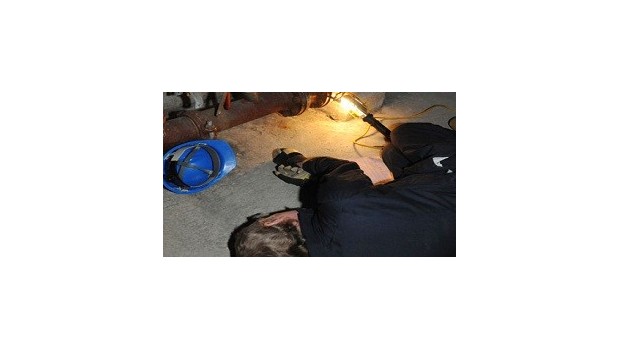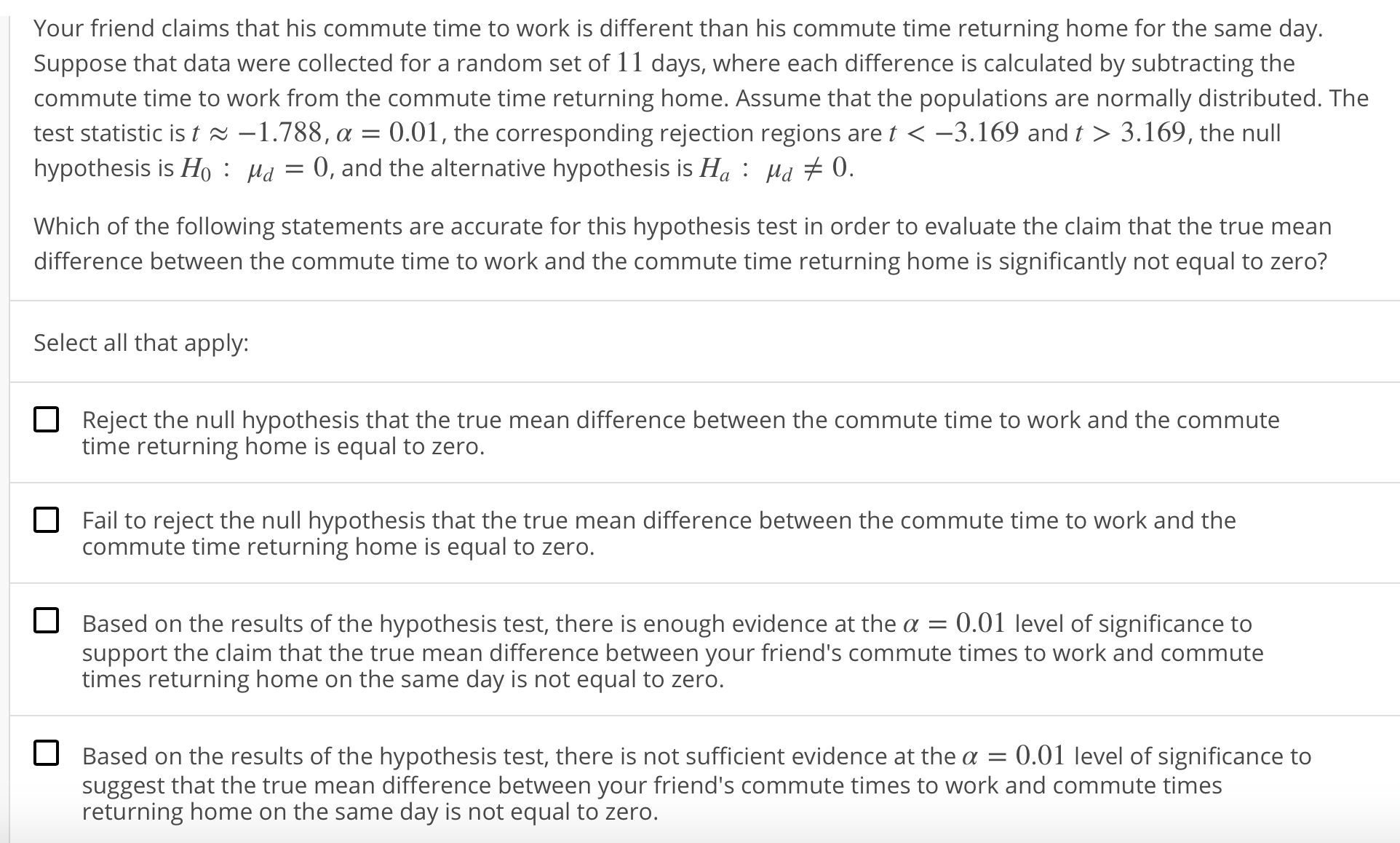


This has the effect of taking more oxygen into the body and removing more carbon dioxide. Minute ventilation = breathing rate × tidal volumeĭuring exercise, tidal volume increases as does the depth of breathing and the rate of breathing. second set of gradients must exist at the tissue-blood interface. Additionally it must lower the carbon dioxide in the alveoli below that of mixed venous blood. The average minute ventilation is 6 litres per minute. Therefore to provide adequate gradients for diffusion, the pulmonary system must increase the amount of oxygen in the alveoli above that found in the mixed venous (MV) blood of the lung. Minute ventilation (VE) is the total volume of air entering the lungs in a minute. The average tidal volume is 0.5 litres (500 ml). Tidal volume (TV) is the amount of air breathed in with each normal breath. Alveolar ventilation ( VA) was also calculated.

The average breathing rate is 12 breaths per minute. Volumetric capnograms were constructed to calculate the dead space using the modified BohrEnghoff equation. Taking part in regular aerobic exercise has been shown to increase a person's vital capacity.īreathing rate (frequency, BR) is the number of breaths in a minute. Vital capacity is the maximum amount of air that can be breathed out after breathing in as much air as possible.


 0 kommentar(er)
0 kommentar(er)
